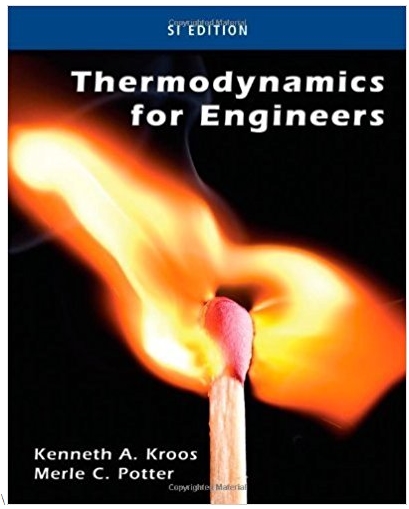Answered step by step
Verified Expert Solution
Question
1 Approved Answer
Project # 5 Thermal tanks Part 1 : Dynamic Modeling Consider the set of tanks shown in Figure 1 . The first tank provides some
Project # Thermal tanks
Part : Dynamic Modeling
Consider the set of tanks shown in Figure The first tank provides some mixing and residence time to stream Tank provides mixing of streams A and We assume that the volumetric flows and are constant. The density and heat capacity of the streams are equal to each other and are constants. The heat losses to the surroundings and the paddle work are negligible. The volumes of tanks I and are and respectively.
It is desired to know how the outlet temperature from the second tank is affected by the inlet temperature of steam A while that of steam is considered as a disturbance.
Based on the unsteadystate mass balance for each tank, show that the transfer function of the process can be obtained as the following equation and give the expression of and as a function of process parameters
where and are the deviation variables of and respectively.
Let and
Draw the block diagram of the process
Provide the timedomine characteristics of the process.
Analyze the degrees of freedom of the process.
If the pipe between tank and is long. How would this change affect the dynamies of the process?
Part : Process Identification
Experimental data of the process is provided within the Projectm file.
Use data to derive a reasonable model between and Compare results obtained from dynamic model and explain the difference in results.
Use Smith's method as well as nonlinear regression based on MATLAB to identify a model
Provide a comparison of the model parameters and the sum of squared errors for each model
Plot the step responses of fitted models with the original data.
Conclude
Part : Controller Design & Tuning
In what follows, use the identified SOPTD model from Part For each question, compare the designed controllers for unit step changes in the set point and disturbances.
Consider the plot of results in a single graph, for a clear comparative analysis.
Based on Direct Synthesis Method calculate PID controller settings for the process, for three different values of of your choice.

Step by Step Solution
There are 3 Steps involved in it
Step: 1

Get Instant Access to Expert-Tailored Solutions
See step-by-step solutions with expert insights and AI powered tools for academic success
Step: 2

Step: 3

Ace Your Homework with AI
Get the answers you need in no time with our AI-driven, step-by-step assistance
Get Started


